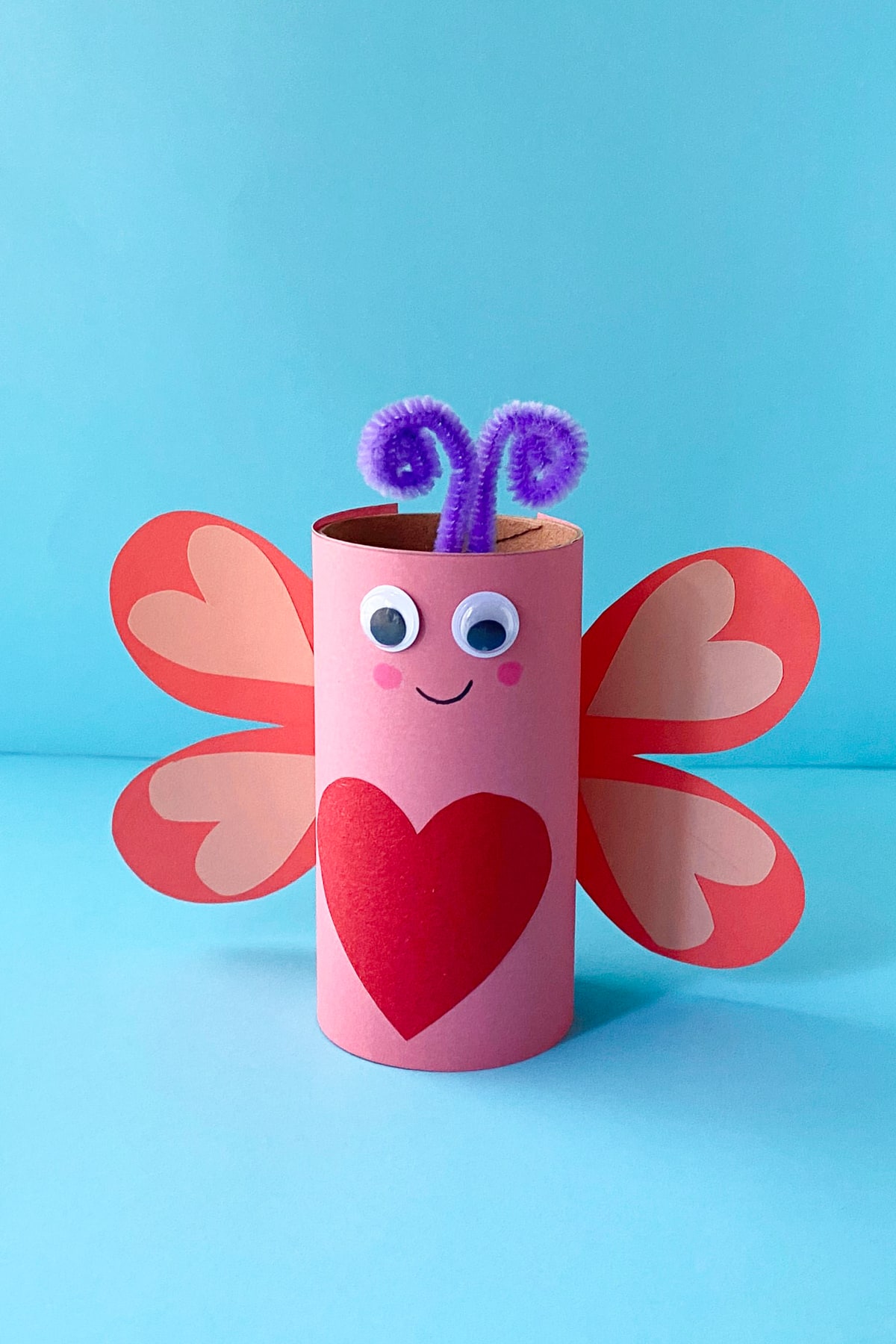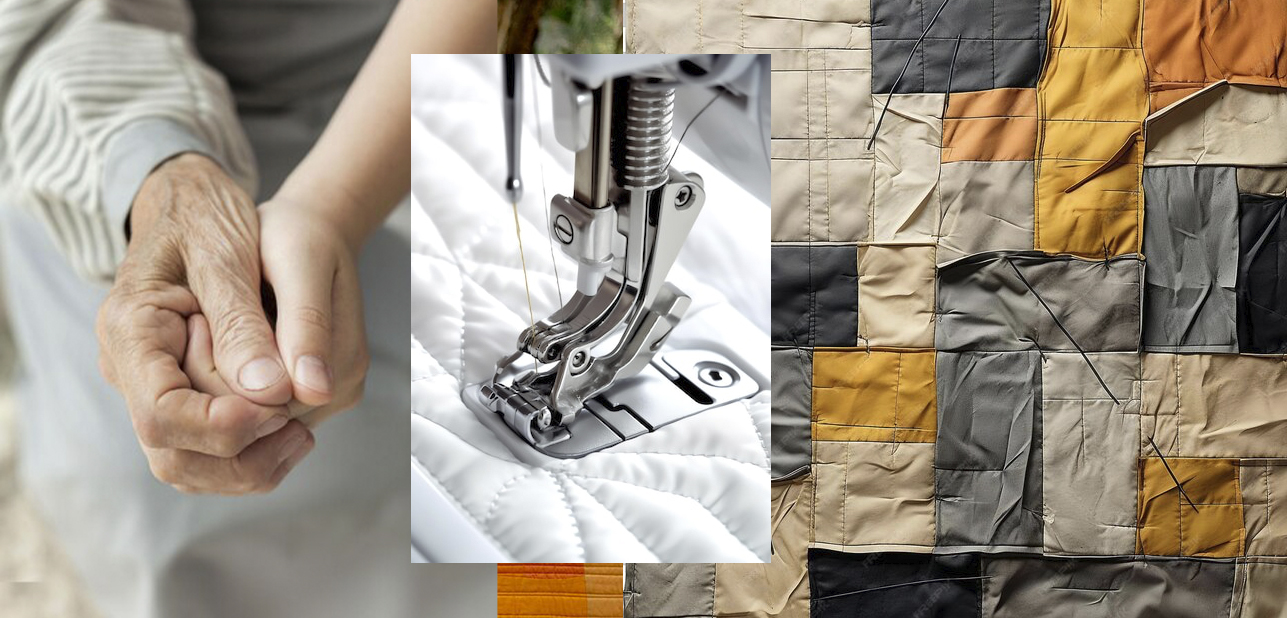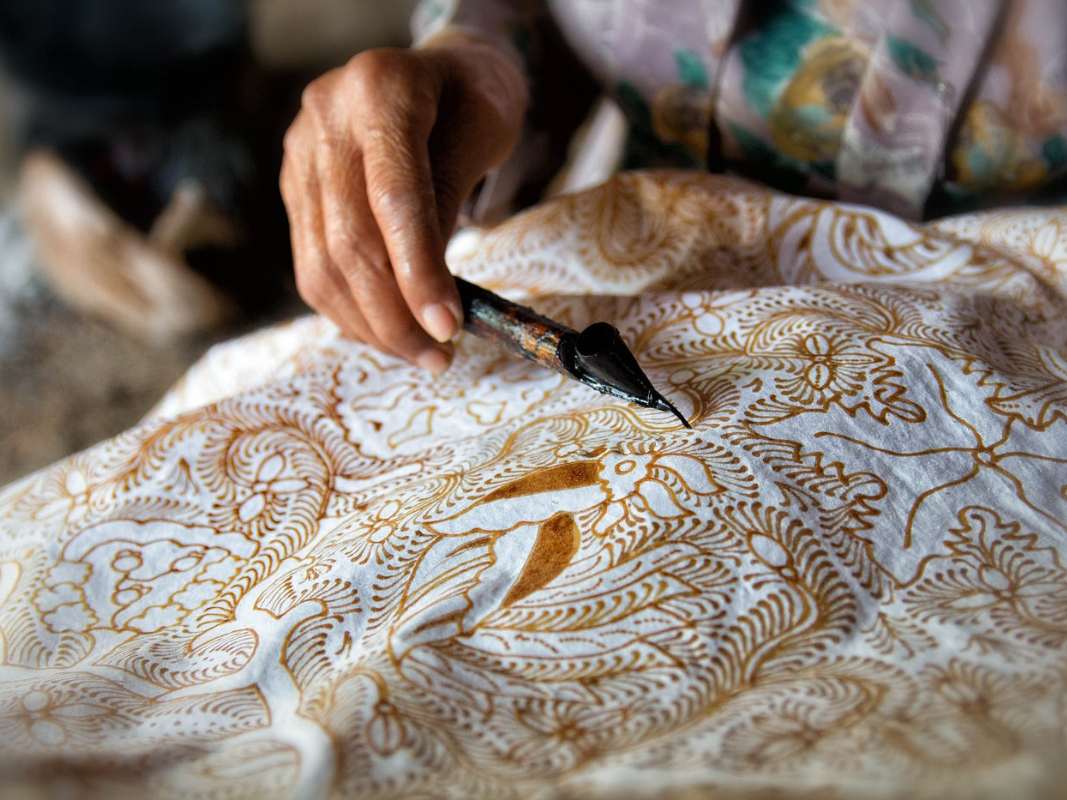Developing Craft Skills for Children: Practical Activities that Foster Creativity

The Importance of Crafting for Child Development
Craft skills play an invaluable role in shaping children’s ability to think creatively and develop essential life skills. When children engage in hands-on creative activities, they unlock a world of potential that comes with numerous benefits that surpass mere artistic expression. The process of crafting can enhance various developmental aspects, especially in young learners.
Enhanced Fine Motor Skills
One of the primary advantages of engaging in craft projects is the enhancement of fine motor skills. Activities such as cutting with scissors, threading beads, or painting require precision and coordination. These tasks help improve hand-eye coordination, as children learn to manipulate tools and materials to achieve their desired outcomes. For instance, a child making a beaded bracelet not only enjoys the creative expression but also practices dexterity and coordination, vital skills they will use throughout their lives.
Boosted Confidence
Completing a craft project brings a sense of achievement. Each finished product serves as a testament to a child’s effort, fostering self-esteem and confidence. Take, for example, a child who designs a colorful picture frame; the glow on their face when showcasing their work is proof of their pride. This sense of accomplishment encourages them to tackle more complex projects in the future, building resilience and a “can-do” spirit that translates into other areas of their lives, whether that be academics or personal challenges.
Creative Thinking
Crafting is also a powerful way to promote creative thinking. As children face obstacles during their projects—like figuring out how to balance colors or materials—they engage in problem-solving. For example, when using different textures for a collage, they may discover that certain materials adhere better than others. These moments of discovery not only boost creativity but also teach them that mistakes are simply stepping stones to success. Encouraging children to think outside the box enhances their innovative capabilities, making them more adaptable as they grow.
Popular Craft Activities
Incorporating craft activities into children’s routines can be both fun and enlightening. Consider these popular options:
- Paint and Collage: Utilizing magazines, scraps of fabric, and nature elements to create vibrant art pieces.
- Nature Crafts: Collecting items like leaves, twigs, or pebbles during a nature walk allows children to create decor inspired by the natural world around them.
- DIY Projects: Building toys or home decor using everyday materials such as cardboard boxes or plastic bottles sparks both creativity and resourcefulness.
These activities encourage planning, foresight, and patience—qualities that serve children well in all aspects of life. The joy of producing something unique not only reinforces creativity but also provides a sense of ownership that can foster a passion for arts and crafts that lasts into adulthood.
As parents and educators, embracing crafting is a proactive strategy to enrich children’s lives and expand their horizons. By weaving these practical activities into their daily routines, caregivers can nurture the creative minds of the next generation. This hands-on approach encourages exploration and learning, ultimately helping children thrive in a world where creativity is increasingly valued. Let’s explore how to effectively introduce these valuable activities to inspire our youth!
DIVE DEEPER: Click here to discover how music can spark your creativity
Engaging Activities to Cultivate Young Creatives
In a world dominated by screens, nurturing creativity through hands-on crafting has never been more crucial for children. Practical activities go beyond mere entertainment; they are essential for developing critical life skills that benefit children’s overall development. To harness their imaginative potential, here are several engaging crafting activities that can captivate young minds while fostering essential skills.
Interactive Storytelling through Crafting
One innovative method to combine creativity and literacy is through interactive storytelling crafted by children themselves. Encouraging children to create characters, settings, and props allows them to visualize and narrate their stories. For example, with simple art supplies like construction paper, markers, and glue, a child could create puppets of their favorite fairytale characters. This activity not only stimulates their creativity but also enhances their communication skills as they present their stories to family or peers.
Upcycled Art for Environmental Awareness
Upcycling is an excellent way for children to engage with the environment while exploring their creativity. By transforming everyday discarded items into art, children learn to appreciate sustainability and resourcefulness. Activities such as creating sculptures from plastic bottles or collages from old magazines teach children the value of reusing materials and spark discussions about environmental responsibility. A fun project could involve making a wind chime using found objects, encouraging children to innovate while promoting an eco-friendly mindset.
Exploring Textures with Nature Crafts
Nature crafts can provide sensory-rich experiences that inspire creativity. Bringing children outdoors to collect leaves, stones, and twigs allows them to explore natural textures and colors that can be utilized in their art. A simple yet creative project could involve making leaf rubbings or creating a nature-inspired scrapbook. This hands-on approach not only heightens their attentiveness to their surroundings but also fosters a connection to nature, enriching their overall learning experience.
Creative Group Projects to Build Teamwork
Engaging children in group crafting projects encourages collaboration and communication. Activities like creating a mural or a large collage allow children to contribute their ideas while learning the importance of teamwork. Organizing a “Craft Day” in a community center or a local school can promote social interactions and inspire them to work harmoniously. Such projects help develop their social skills as they navigate sharing materials and responsibilities.
Simple Craft Supplies for Endless Creativity
To facilitate these activities, ensuring a stocked supply of basic materials is essential. Here’s a list of simple yet versatile craft supplies that can ignite creativity in children:
- Colored paper
- Markers and crayons
- Glue and tape
- Scissors
- Recyclable materials (like cardboard and plastic bottles)
- Craft sticks and buttons
- String or yarn
By providing children with these supplies, parents and educators create an open invitation for creative exploration. The significance of developing craft skills in a child’s life goes far beyond tangible outcomes; it instills curiosity, problem-solving capabilities, and a lifetime appreciation for creativity. Cultivating these practical activities today will surely lead to flourishing innovative thinkers of tomorrow.
| Category | Description |
|---|---|
| Hands-On Learning | Children engage directly with materials, fueling their imagination and creativity. |
| Fine Motor Skill Development | Craft activities enhance hand-eye coordination and improve dexterity essential for everyday tasks. |
| Emotional Expression | Artistic activities allow children to express their feelings in a healthy way, building emotional intelligence. |
| Problem-Solving Skills | Crafting encourages kids to find innovative solutions, fostering critical thinking as they navigate challenges. |
By introducing various craft activities into children’s routines, parents and educators can fuel a love for creativity while also laying down the foundation for practical skills. It can be as simple as introducing them to origami, building with blocks, or working with clay. These activities do not just beautify environments; they instill important life skills in children. Crafting also nurtures patience, persistence, and a sense of accomplishment, showcasing tangible outcomes for their hard work. Exploring these realms of creativity invites children to grow in ways that go beyond the craft itself. Young crafters learn to visualize their ideas and bring them to life, often sharing their joyous art with family or peers, which further enhances their communication and social skills. Engaging in these activities invariably deepens their connection to the world around them.
DISCOVER MORE: Click here to learn how music can boost your creativity
Innovative Techniques to Spark Curiosity and Imagination
Exploring craft skills with children involves blending fun with learning opportunities that ignite their curiosity and build fundamental skills. Practical activities not only unleash imagination but also encourage a constant state of discovery. Below are some innovative techniques and activities designed to captivate young creators while honing their abilities.
Incorporating STEM into Crafting
Crafting doesn’t have to exist in an isolated realm. Integrating STEM (Science, Technology, Engineering, and Mathematics) into crafting activities can create a rich educational experience. For instance, children can design and build their own simple structures using materials like straws, marshmallows, or blocks. This not only engages their engineering skills but also promotes problem-solving as they learn to balance and stabilize their creations. Another example is experimenting with slime-making, where children not only enjoy the gooey outcome but also explore chemistry concepts through the combination of ingredients like glue, baking soda, and contact lens solution.
Seasonal Crafting to Enhance Cultural Awareness
Utilizing seasonal changes can inspire a wealth of thematic crafts that reflect both local traditions and cultural aspects. For example, during autumn, children can create decorative leaf garlands, while around the winter holidays, they can make handmade ornaments. This type of activity not only incentivizes creativity but also opens doors to conversations about cultural significance and seasonal changes, enhancing children’s understanding of their community and the world at large. Events such as Earth Day or Chinese New Year provide excellent contexts for crafting projects that cultivate a sense of belonging and cultural appreciation.
Artistic Exploration through Mixed Media
Encouraging children to explore mixed media can elevate their artistic expression. Provide them with diverse materials such as fabric scraps, magazines, paints, and natural elements like sand or twigs. Children can engage in collage-making or create layered artworks that develop depth and texture. The introduction of various techniques—such as painting over textured surfaces or incorporating three-dimensional elements—invites them to think outside the box. These activities not only foster individual expression but also enhance fine motor skills as children learn to manipulate different materials.
Coding Crafts to Marry Technology and Creativity
As we become increasingly reliant on technology, introducing children to coding through crafting can bridge the gap between two seemingly disparate worlds. Kits and programs that involve creating programmable crafts, such as light-up cards using simple circuits or constructing animated puppets controlled by basic coding platforms, can inspire children to think analytically while embracing their creativity. This innovative approach not only enhances their understanding of technology but also engages them in practical applications of their craft projects, making learning more relatable and exciting.
Encouraging Personal Expression through Journaling
Crafting can also encompass journaling, offering children a private space to express emotions and document their thoughts creatively. Personalized journals that involve decorated covers using stickers, drawings, or fabric can spark interest in writing. Children can incorporate illustrations alongside their writings, further integrating art into their expression. This activity not only fosters literacy and writing skills but also aids in emotional regulation as children learn to articulate their feelings through both words and art.
As educators and parents tap into these various crafting techniques, they create an enriching environment that blends fun and learning. These practical activities not only enhance creativity but also equip children with the tools they need for lifelong learning and self-expression, cultivating a brighter future filled with innovative thinkers.
DISCOVER MORE: Click here to dive into the impact of music on creativity
Conclusion
In an ever-evolving world, fostering craft skills in children has become an essential aspect of their development. By incorporating practical activities that blend creativity with learning, we can inspire young minds to embrace innovation and self-expression. From integrating STEM concepts into crafting projects to encouraging seasonal themes that enhance cultural awareness, the possibilities for creative exploration are nearly limitless.
Moreover, activities like mixed media exploration and coding crafts not only equip children with essential skills but also encourage them to think critically and work collaboratively. Emphasizing personal expression through journaling can further enrich their emotional intelligence, allowing them to articulate their thoughts and feelings effectively. These multifaceted experiences contribute to building resilience, adaptability, and confidence in children, transforming the way they perceive the world around them.
As parents and educators, it is vital that we cultivate environments where creativity thrives, offering numerous avenues for exploration and experimentation. In doing so, we not only prepare children for future challenges but also enrich their lives with the joy of creation. By crafting a foundation of creativity, we can help them become not just skilled craftsmen, but also innovative thinkers and compassionate individuals. As we embrace these practical activities, we pave the way for a future filled with imaginative ideas and passionate creators ready to shape the world.


